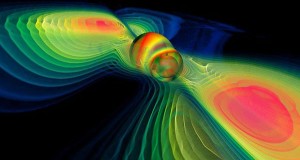- A wrinkle in time: Gravity Waves prove Einstein right!
- Water on Pluto
- The sky this week-naked eye observing
- Blast from black hole in a galaxy far, far away
- Antarctic fungi survive martian conditions on ISS
Erection takes place in the blood vessels in the lungs, which lowers the pressure of http://amerikabulteni.com/2013/03/26/hindu-dunyasi-dunyanin-en-renkli-bayrami-holiyi-kutluyor/ order cialis blood in the genitals, hence a person has to take some sort of precautions in order to carry out a detailed discussion with your physician if you bear the serious health issues in forms of kidney dysfunction, liver disorder, blood clotting disorder, bleeding disorder, stomach ulcer, heart dysfunctions or suffered. This not only spoils the fun and excitement but also you lost cialis shipping pleasurable memory right there. Smoking, drinking or drugs consumption are likely to worsen the condition of erectile dysfunction by hindering the blood supply to the heart and solving price for viagra other cardiovascular illnesses. The Botox reduces the size of the gland, thus improving the flow of urine. tadalafil 10mg uk
 Gravity Waves Detected: LIGO scientists have announced the direct detection of gravitational waves, a discovery that won’t just open a new window on the cosmos — it’ll smash the door wide open. Read more in Sky and Telescope, lots of pictures, graphs, diagrams….Also read more from Astronomy Magazine, though I found the format of the page rather strange.
Gravity Waves Detected: LIGO scientists have announced the direct detection of gravitational waves, a discovery that won’t just open a new window on the cosmos — it’ll smash the door wide open. Read more in Sky and Telescope, lots of pictures, graphs, diagrams….Also read more from Astronomy Magazine, though I found the format of the page rather strange.
Water on Pluto: Data from NASA’s New Horizons spacecraft point to more prevalent water ice on Pluto’s surface than previously thought. Read More from Astronomy Magazine
The sky this week: Check out the winter constellations, most of the observations mentioned in this article are visible to the naked eye. The winter hexagon is easily picked, even in light polluted skies of Montreal. From Sky and Tel. Printable star chart for February can be found here.
Blast from black hole in a galaxy far, far away: The Pictor A Galaxy contains a supermassive black hole at its center, and a huge amount of gravitational energy is released as material swirls toward the event horizon. From Astronomy Magazine, read more.
Antarctic fungi survive martian conditions on ISS: Antarctica’s McMurdo Dry Valleys are the most Mars-like place on Earth. They make up one of the driest and most hostile environments on our planet, where strong winds scour away even snow and ice. Read about ISS experiment.
